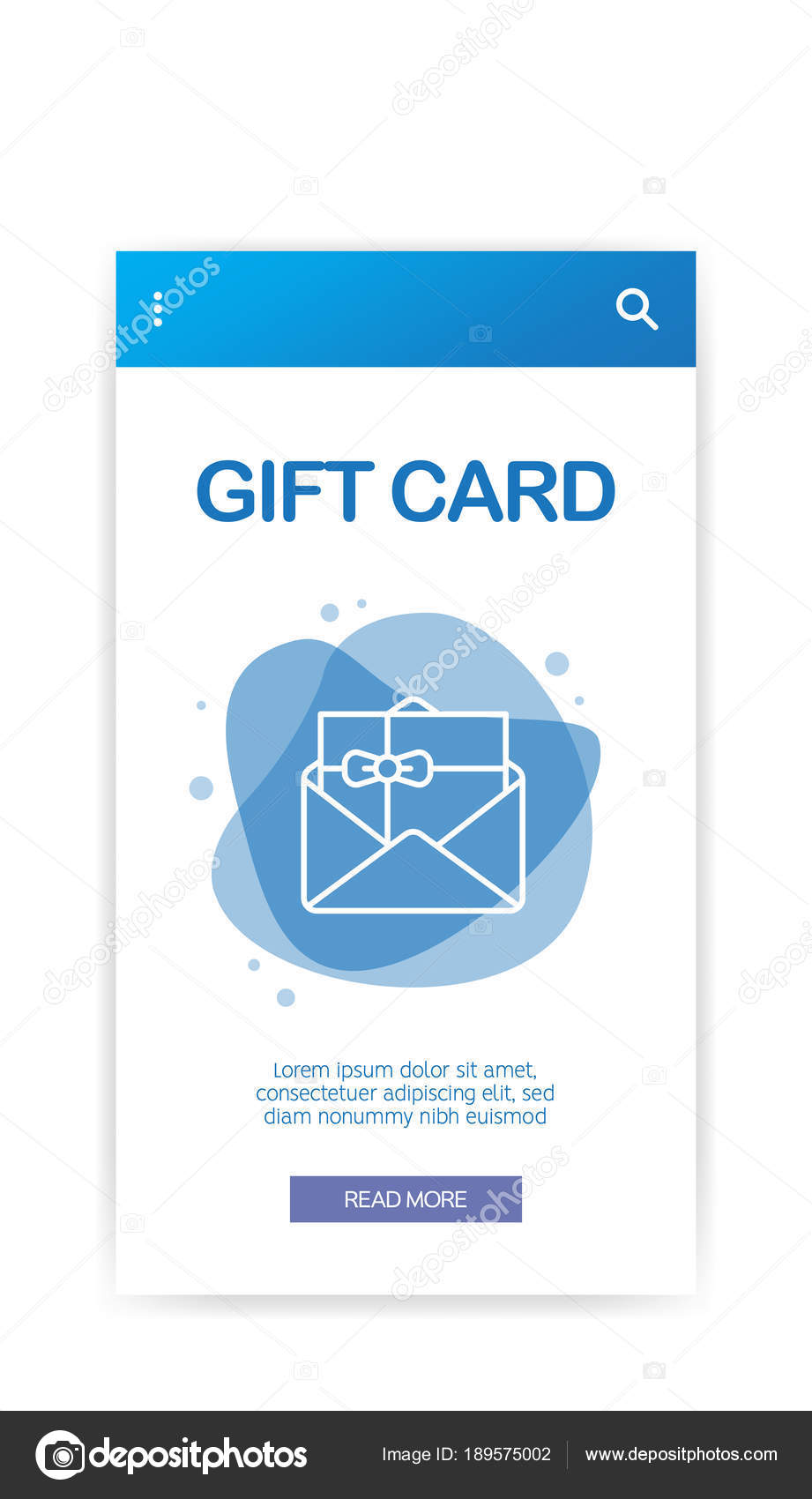The Scientific Research Behind Laser Inscription on Glass
Laser etching on glass can add vivid, individualized styles to a series of items. This flexibility is just one of the primary advantages of laser innovation over other etching techniques.
Before you etch your glass items with the laser, know a few typical issues that can occur. These pointers will help you attain the most effective outcomes possible.
Just How Laser Engraving Functions
Laser engraving is a preferred method for etching and individualizing items. It is a procedure that can be carried out on a variety of materials, consisting of glass, wood and steel. Laser engraving makers can produce extremely detailed styles, with great lines and accurate cuts. Utilizing this technique, you can produce custom honors and various other products that make sure to excite.
To accomplish the wanted results, first, you will certainly need to conceive the design. This will certainly help you to choose what sort of image or text you want to inscribe on the surface. Then, you will certainly need to convert your idea right into an electronic graphic. This can be made with graphic design software program, such as Adobe Illustrator or Inkscape, and then conserved right into a file style that works with your laser engraver.
Once the etching data are prepared, it is time to begin preparing the material for laser marking. This can be done by using a black mask that is made specifically for laser usage. The dark shade of the mask reflects laser light, and helps to lessen any kind of heat that would otherwise harm the surface.
Limiting Breaking
When the laser beam strikes the surface of glass it promptly warms the material up. The sudden heating creates microscopic fractures to the surface area. The cracks and fractures produce the look of inscription, etching or frozen glass.
The differing compositions of various kinds of glass can influence just how the material reacts to the laser. It is essential to very carefully examine your laser setups on a sample piece of glass before beginning a work. Specific emphasis is additionally essential for clean, constant outcomes.
To improve the quality of your engravings try utilizing a dark paper to secure the glass from the laser. The specialized dark paper has a layer that absorbs the laser energy and allows the engraving to take place. The dark paper can be removed once the engraving is complete. It is also recommended to use a lower resolution and decrease the amount of black in the graphics as this will help in reducing micro-fracturing. A Jarvis dithering pattern can likewise be put on the graphic in the laser chauffeur settings to randomize and separate the dots of the design and further reduce the amount of micro-fracturing.
Preparing the Surface
Laser noting on glass and plastic supplies a wide variety of functional uses, from product traceability (like day codes or lot numbers) to 3D marking within the material itself. It's additionally made use of for decor and layout in industries such as the vehicle, food, and telecommunication industries.
Getting good results from laser engraving on glass depends in part on the prep work of the surface area. Maintaining the material clean of dust and grease aids the laser pass through much deeper and much better. custom glass personalization Concealing the surface area with a paper towel or newspaper a little larger than the engraving area can also reduce the effects of warmth on huge locations, assisting to minimize chipping and boost general etching high quality.
Layout and laser control software application can additionally affect how well the procedure functions. Programs like Adobe Illustrator or Corel Draw help you develop and customize your designs while programs like LightBurn or LaserGRBL regulate the laser's setups.
Beginning
Laser engraving on glass is fast and reliable, producing a high-end appearance that improves products and strengthens brand name identity. While some may watch out for dealing with this delicate product, a little time and persistence will aid make sure stunning results.
Making use of a commercial laser, you can add decorative patterns, messages, or personalized styles to things like drinking glasses, containers, pitchers, and extra. The procedure is non-contact, minimizing the danger of damage also on curved or breakable surfaces.
To make the most of laser performance, you'll wish to spend time experimenting with the setups for your particular maker and glass kind. Refining these settings will lessen power usage, boost total engraving high quality, and minimize the chance of mistakes or damage. For example, you can enhance the resolution and reduce the black degree of your graphics to make use of much less laser power. Similarly, using a Jarvis dithering pattern will certainly separate and randomize the dots in your graphics to even more decrease laser warm use.

Comments on “Co‚ Vs Fiber Laser For Glass Engraving”